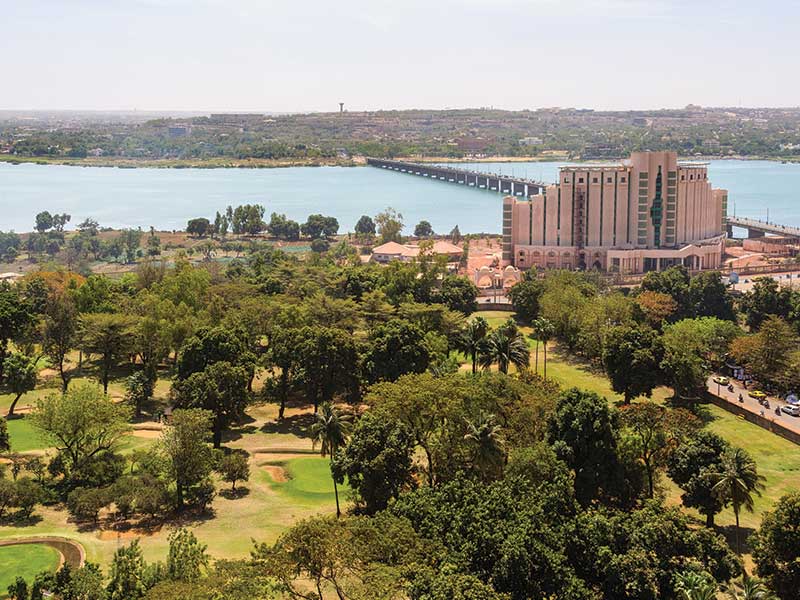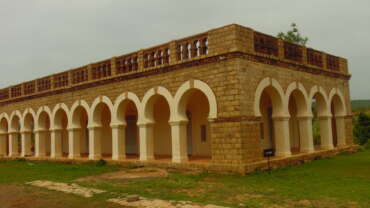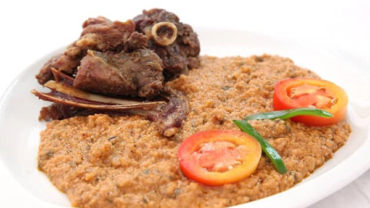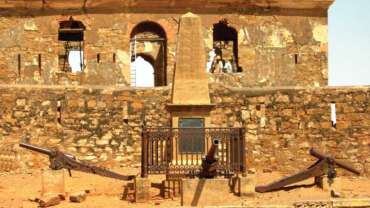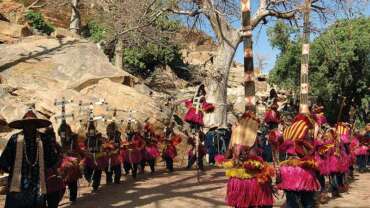Natural Potentials of Mali
THE FAUNA AND THE FLORA
Mali has classified forests and parks of wildlife reserves. Malian fauna is very rich, it is characterized by a diversity of species. There are more than 138 species of mammals, 143 species of fish, and at least 640 species of birds. Palaearctic migratory birds spend more than half of the year in the Central Niger Delta, where they come to protect themselves from the harsh winter and fatten up to face the journey to Europe.
On the subject of flora, there are currently nearly 1739 spontaneous woody species divided into 687 genera from 155 families.
The richness and diversity of natural resources offer an opportunity for the development of ecotourism, an alternative form of tourism for the preservation and conservation of ecosystems and biodiversity. Mali is distinguished by the presence of several global ecological zones.
Waterfalls: The regions of Kayes, Mandé and Sikasso are full of exuberant waterfalls and flora.
RIVER
Mali is crossed by two important rivers of West Africa, they are the Niger river 1700 km and the Senegal river 800 km. There are also lakes and very large ponds. Hence the existence of many wetlands, some of which are classified as Ramsar Sites. Mali is a signatory to the Ramsar Convention on Wetlands.
Mali wishes to encourage river tourism on the Niger River, the Mali Tourism Promotion Agency, wants in the same direction to encourage the development of new products such as the discovery of Niger in a jet ski, the ride and cruises on the river. The rivers in Mali are a great opportunity for the promotion of domestic tourism, river tourism, local crafts and socio-cultural diversity.
DESERT
Mali, a continental country in the center of West Africa covers an area of 1,241,238 km2. The desert and its surroundings, an integral part of SAHARA, occupy 2/3 of the national territory in the north. This space is divided between the administrative regions of Timbuktu, Gao, Kidal, Ménéka and Taoudenit.
The Malian desert can be described as unique, complex, diverse for the original quality of the places (vastness, dunes, silence), the living production of culture (habitats, art and crafts, way of being and living), ‘state of the remains (engravings, paintings, ruins etc.
With the exception of the Adrar des Iforas “the mountain of the lords” (Kidal), a mountainous island of volcanic formation which culminates at 800 m, the rest of the territory is a flat country presenting in the basin of Taoudéni, Tanézrouft (Tombouctou ), the Tilemsi valley (Gao), the Azawak valley (Ménaka) grandiose landscapes, oceans of sand, vestiges of a very rich historical past.
Since time immemorial, the Sahara has been the caravanserai of all tracks. Mandatory point of passage for all those transiting from the Mediterranean to the Atlantic.
The Malian desert is a fantastic open-air museum. Thousands of years of human history are painted or carved in stone. Here, an anthropologist or a prehistorian could share with you his passion for these ancient traces and the questions they pose to humanity.



